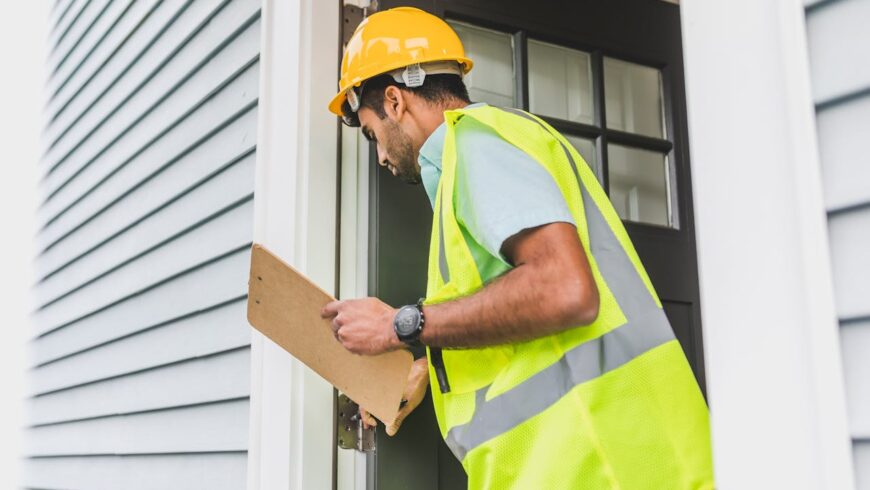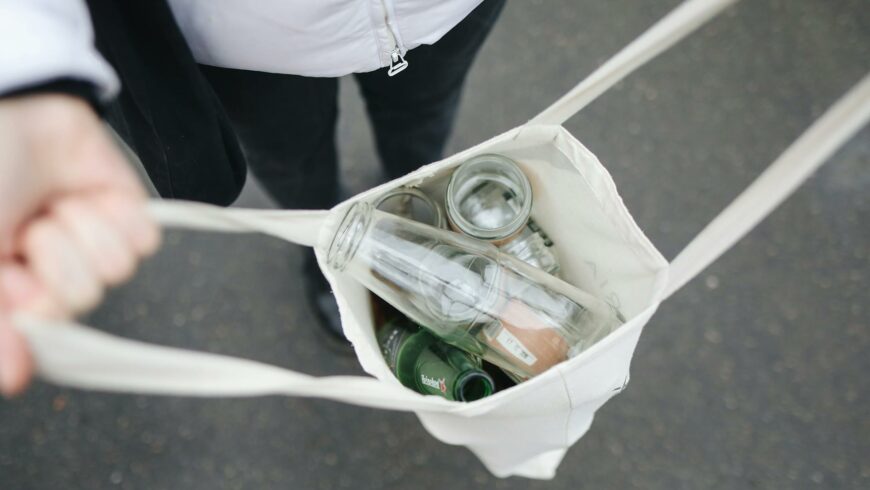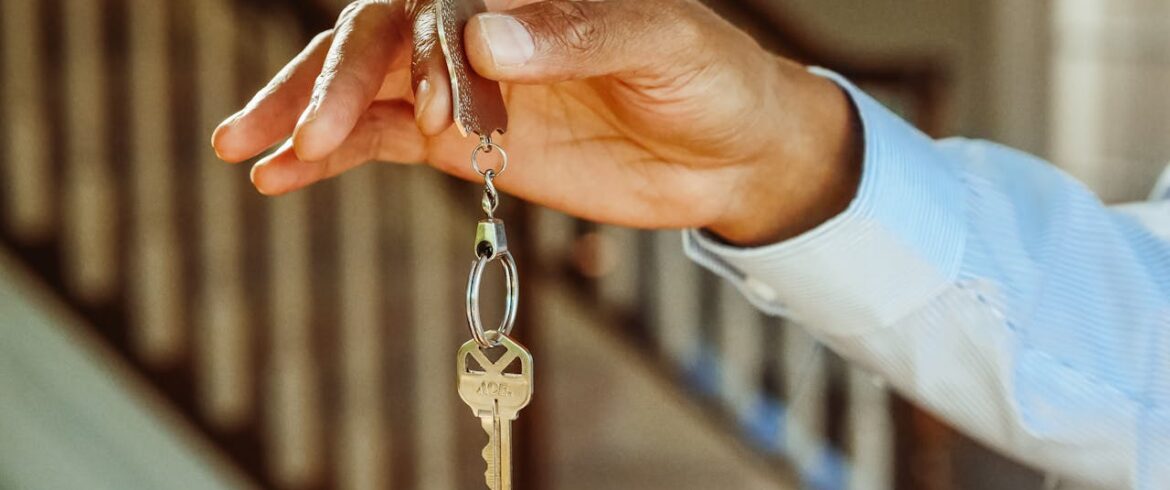Green lease agreements are rental contracts that incorporate sustainability measures. They define commitments by both landlords and tenants to adopt practices that reduce environmental impact. The importance of sustainability in rental agreements is growing as more people seek to lower their carbon footprints and promote eco-friendly living. Thus, today, we’ll discuss some of the most important eco-friendly considerations when renting.
Benefits of Eco-Friendly Considerations When Renting
Green lease agreements offer significant benefits, making them attractive for landlords and tenants. Environmental benefits include a substantial reduction in carbon footprint and notable energy savings. Of course, health benefits are another critical advantage. Improved indoor air quality from eco-friendly building materials and practices enhances tenant well-being. Likewise, the marketability of properties with green lease agreements is enhanced, attracting eco-conscious tenants. Such properties typically command higher value in the market, making them a wise investment for landlords.
Financial Incentives for Green Leases
Green lease agreements offer several financial incentives that make them equally appealing to landlords and tenants. One of the primary benefits is the availability of tax credits and rebates from the government. These incentives encourage green practices and significantly offset the costs of implementing eco-friendly features in a property.
Properties that incorporate energy-efficient appliances and systems see long-term reductions in utility bills. These savings can accumulate over time, making the initial investment in green technology worthwhile. Tenants also benefit from lower energy costs, making these properties more attractive and cost-effective.
Insurance benefits are an additional financial incentive. Eco-friendly properties can qualify for reduced insurance premiums due to their lower risk profile. Sustainable buildings are often constructed with high-quality materials and include safety features that minimize potential hazards, leading to lower insurance costs.

Vital Components of a Green Lease
Green lease agreements incorporate several essential components that promote sustainability and reduce environmental impact. Key elements include:
- Energy Efficiency: Incorporating energy-efficient appliances and systems is a central aspect. It includes using LED lighting, programmable thermostats, and energy-efficient HVAC systems to minimize energy consumption.
- Water Conservation: Ladlords can install low-flow faucets, showerheads, and toilets to reduce water consumption, as well as encourage water-efficient landscaping and irrigation techniques.
- Waste Management: Green leases often mandate tenants to participate in recycling programs and sort their waste.
- Sustainable Materials: Utilizing recycled or sustainably sourced materials for construction and renovations and opting for non-toxic paints and finishes is another efficient way to reduce the environmental impact.
Green lease agreements foster a collaborative approach to sustainability, benefiting both the environment and the parties involved.
Landlord Responsibilities in Green Lease Agreements
Landlords have specific responsibilities to uphold in green lease agreements, ensuring that eco-friendly practices are effectively implemented and maintained. They must ensure that all eco-friendly installations, such as energy-efficient appliances and water-saving fixtures, are adequately maintained and function efficiently. Regular inspections and timely repairs are essential to keep these features in optimal condition.
Conducting regular energy audits is another important task. These audits help identify areas where both parties can improve energy efficiency, ensuring that the property complies with energy-saving goals. Landlords must stay informed about the latest environmental laws and ensure that the property adheres to recycling programs, waste management practices, and any other regulations that promote sustainability.

Tenant Responsibilities
Tenants have essential responsibilities under green lease agreements, contributing to the overall sustainability of the property.
- Energy Usage: Tenants must commit to using energy efficiently and turn off lights and appliances when not in use. Also, they should use energy-efficient devices and follow guidelines to reduce energy consumption.
- Water Conservation Practices: Tenants should use water-saving fixtures, promptly report leaks, and practice mindful water usage in daily activities.
- Waste Management: Tenants need to properly sort their waste, recycle materials according to local regulations, and compost organic waste to reduce landfill contributions.
- Sustainable Living: Adopting eco-friendly habits and practices like using non-toxic cleaning products, reducing single-use plastics, and supporting sustainable products and services is essential for maintaining a green environment.
Fulfilling these responsibilities, tenants actively contribute to the property’s sustainability goals and ensure that eco-friendly considerations when renting are effectively implemented.

Challenges of Implementing Green Lease Agreements
Investing in eco-friendly features often requires a higher upfront expenditure. Energy-efficient appliances, sustainable materials, and water-saving fixtures can be costly, which may deter some property owners from making the transition.
Education and awareness present another hurdle. Landlords and tenants should be well-informed about green practices and sustainability benefits. It requires ongoing education efforts, such as workshops, informational sessions, and clear communication about the expectations and responsibilities.
Regulatory compliance is also a complex issue. Environmental regulations continually evolve, and keeping up with these changes can be challenging. Landlords must stay informed about the latest standards and ensure their properties meet all requirements. It implicates regular audits, updates to property features, and a proactive approach to compliance.
Conclusion
Green lease agreements offer a practical solution for incorporating eco-friendly considerations when renting into the real estate market. These agreements bring numerous benefits, such as reducing the carbon footprint, saving on utility bills, and improving indoor air quality. By clearly defining the responsibilities of landlords and tenants, these leases promote a collaborative approach to sustainability. Although challenges like initial costs, education, and regulatory compliance exist, the long-term advantages outweigh the hurdles.
Cover image: photo by Kindel Media via Pixels

Author’s Bio: Mary Anderson is a moving specialist at Mod Movers, one of the top moving companies in Northern California, which offers clients comprehensive relocation services. Passionate about green living, Mary advocates for and tries to educate people on eco-friendly practices.
